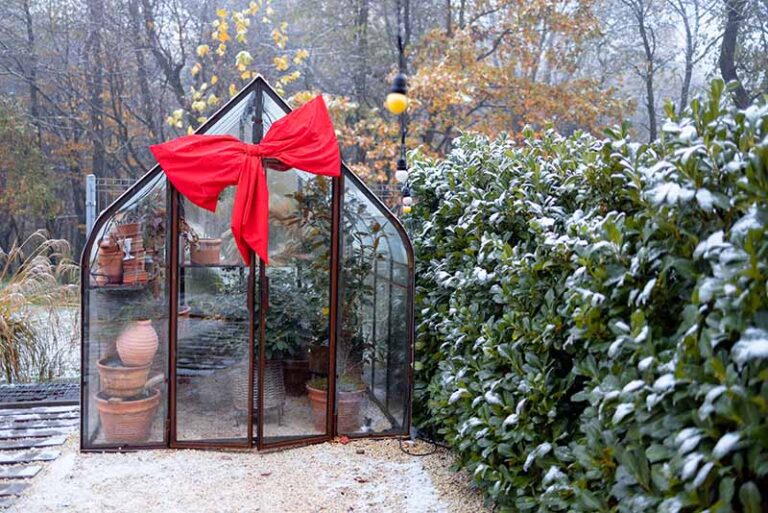In an era of environmental consciousness, rainwater harvesting stands out as a sustainable practice, particularly for gardening. A DIY rainwater harvesting system is not only eco-friendly but also cost-effective, reducing your water bills and reliance on municipal water. This guide will explore the basics of setting up a DIY rainwater harvesting system for your garden, including its benefits, examples, and estimated costs.
Understanding Rainwater Harvesting: Rainwater harvesting involves collecting and storing rainwater from rooftops, which can then be used for gardening. This simple yet effective method can significantly reduce your dependence on external water sources.
Harvesting rainwater offers several compelling benefits, making it an increasingly popular practice among homeowners, gardeners, and environmentally conscious individuals. Here are some key reasons why you should consider harvesting rainwater:
- Water Conservation: Rainwater harvesting plays a significant role in conserving water, a precious and often limited resource. By using collected rainwater for various purposes, you reduce the demand on municipal water supplies and help conserve water in your local ecosystem.
- Reduced Water Bills: Utilizing rainwater for activities like gardening, lawn irrigation, or even certain household uses can lead to substantial savings on your water bills. Over time, the savings can be quite significant, making rainwater harvesting a cost-effective solution.
- Environmental Benefits: Rainwater harvesting helps reduce runoff from your property. Stormwater runoff often carries pollutants like pesticides, fertilizers, and sediments into local waterways, negatively impacting water quality and aquatic life. By capturing rainwater, you help reduce this runoff and its associated environmental impacts.
- Emergency Water Supply: In areas prone to water shortages or droughts, having a rainwater harvesting system can provide an additional water source during times of scarcity. It can serve as a backup or supplementary water supply, ensuring you have access to water for your garden or other needs during dry spells.
- Healthier for Plants and Soil: Rainwater is naturally soft water, free from the chlorine, lime, and calcium found in municipal water. This makes it ideal for gardening, as it’s healthier for plants and maintains soil integrity. Plants often respond better to rainwater than treated tap water.
- Encourages Sustainable Practices: Rainwater harvesting promotes an environmentally conscious mindset and sustainable living practices. It encourages individuals to think about resource use and conservation, fostering a deeper connection with the natural environment.
- Reduced Dependency on Main Water Supply: By harvesting rainwater, you decrease your reliance on main water supplies, which can be crucial in areas where water restrictions are in place or where public water supply systems are under strain.
- Community Benefits: On a larger scale, if more people adopt rainwater harvesting, it can lead to reduced strain on municipal sewer systems during heavy rains and contribute to the overall management of water resources in a community.
- Flexibility and Adaptability: Rainwater harvesting systems can be designed to fit various scales, making them suitable for both rural and urban settings. They can be tailored to individual needs and preferences, from simple barrels to complex systems with large storage tanks and filtration units.
Components of a DIY Rainwater Harvesting System:
- Catchment Area: Typically, this is the roof of your house where rainwater is collected.
- Gutters and Downspouts: These guide the water from the roof to your storage system.
- Storage System: Rain barrels or tanks where the harvested water is stored.
- Delivery System: A system of hoses or drip irrigation to transport water from the storage to your garden.
Step-by-Step Guide to Building Your System:
- Install Gutters and Downspouts: Ensure your roof is equipped with gutters and downspouts that direct water into your storage container.
- Set Up a Storage Tank: Place a large rain barrel or tank at the bottom of your downspouts. The size can vary based on your garden’s size and the average rainfall in your area.
- Incorporate a Filtration System: Use mesh screens to prevent debris and insects from entering your water storage.
- Connect a Delivery System: Set up a hose or drip irrigation system from your storage tank to your garden for easy watering.
Examples of DIY Systems:
- Basic Rain Barrel System: Using a 55-gallon drum as a storage tank, which can cost around $20-$50.
- Advanced System with Multiple Tanks: Connecting several tanks for larger gardens, potentially costing $100-$300.
- Underground Storage System: For those with more space and budget, involving underground tanks and more complex irrigation, costing upwards of $500.
Maintenance and Care:
- Regularly clean gutters and screens.
- Check for leaks in tanks and hoses.
- Ensure tanks are covered to prevent algae growth and mosquito breeding.
- Rainwater harvesting is an environmentally friendly and cost-effective method for collecting and using water, especially beneficial for gardening. While rainwater is typically clean, it can become contaminated as it runs off roofs or through collection systems. Ensuring the safety and cleanliness of collected rainwater is crucial for its effective and healthy use. This article explores practical steps to maintain the safety and cleanliness of rainwater collection systems.
- 1. Choosing the Right Surface:
- Roof Material: Prefer non-toxic materials for roofs, such as metal, slate, or tiled roofing, to prevent chemical leaching.
- Avoid Contaminants: Steer clear of roofs with toxic substances like asbestos or lead-based paints.
- 2. Regular Maintenance of Collection Area:
- Gutter Cleaning: Regularly clean gutters and downspouts to remove leaves, debris, and other contaminants that could pollute rainwater.
- Roof Inspection: Periodically inspect and clean the roof to ensure it’s free from animal droppings, moss, and dirt.
- 3. First-Flush System:
- Divert Initial Rainfall: Implement a first-flush system to divert the first flow of rainwater, which is likely to contain the most contaminants from the roof and gutters.
- Simple Mechanisms: This can be as simple as a diverter that channels the first few gallons of rainwater away from the storage tank.
- 4. Proper Storage:
- Use Suitable Containers: Use clean, dark, and non-reactive containers to store rainwater and prevent algae growth and chemical reactions.
- Cover and Seal: Ensure storage tanks are properly covered and sealed to keep out insects, small animals, and debris.
- 5. Filtration and Treatment:
- Filters: Install filters at the inlet of the storage tank to remove debris.
- Water Treatment: Consider additional treatment like UV purification or chlorination if the water will be used for more than just gardening.
- 6. Monitoring Water Quality:
- Regular Checks: Periodically check the water for color, odor, and clarity. Laboratory testing can be used for a more thorough analysis.
- Adjust Maintenance Accordingly: Alter cleaning and filtration methods based on the results.
- 7. Safe Usage Practices:
- Gardening Use: For garden watering, rainwater is generally safe, but it’s advisable to avoid using it on plants meant for consumption without proper treatment.
- Avoid Contact with Drinking Water: Ensure that rainwater systems are separate from household drinking water systems.
Conclusion: A DIY rainwater harvesting system is a practical and sustainable addition to any garden. By following these guidelines, you can build an efficient system tailored to your needs. Not only will it help in saving on water costs, but it will also contribute to a more sustainable and eco-friendly gardening practice.
Remember, the costs can vary greatly depending on the size and complexity of the system you choose to install. The initial investment in a rainwater harvesting system can lead to long-term savings and a positive environmental impact.
This summary provides a foundational understanding of creating a DIY rainwater harvesting system for gardens. For a more detailed exploration, including specific DIY project instructions and extensive cost breakdowns, further research or consultation with a specialist in sustainable water systems may be beneficial.




Very helpful and inspiring! Thank you